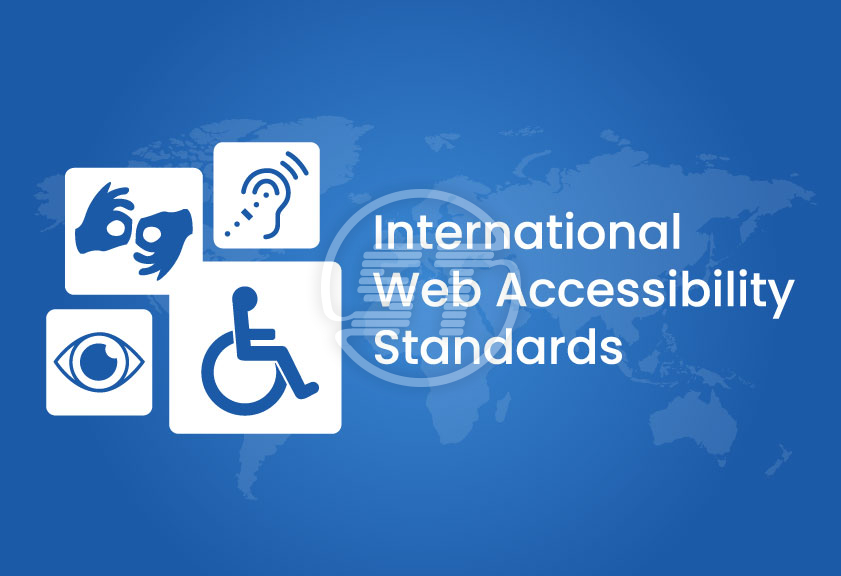Index Surge: Amplifying Your Insights
Stay updated with the latest trends and news across various industries.
Web Accessibility: Everyone's In and Nobody's Out
Unlock the web for everyone! Discover essential tips and strategies for true web accessibility—making sure no one is left behind.
Understanding Web Accessibility: Why It Matters for Everyone
Web accessibility refers to the inclusive practice of ensuring that all individuals, regardless of their abilities or disabilities, can perceive, understand, navigate, and interact with the web effectively. It is crucial because approximately 15% of the world's population lives with some form of disability, and these individuals deserve equal access to information and services online. By implementing accessibility best practices, developers and content creators can create a web environment that is not only user-friendly to people with disabilities but also enhances overall user experience for everyone. This means considering various factors, such as text readability, color contrast, and the use of alternative text for images.
Moreover, promoting web accessibility benefits businesses and organizations as well. An accessible website can reach a wider audience, potentially increasing customer engagement and sales. In addition, many legal guidelines and standards, such as the Web Content Accessibility Guidelines (WCAG), mandate that websites cater to the needs of all users, including those with disabilities. Failure to comply can lead to legal repercussions and damage to the organization's reputation. Ultimately, fostering web accessibility is not just a moral imperative but also a strategic advantage in today’s digital landscape.

Common Barriers to Web Accessibility: How to Identify and Overcome Them
Web accessibility is crucial for ensuring that all users, regardless of their abilities or disabilities, can effectively navigate and interact with online content. However, numerous barriers can impede this goal. Common issues include inaccessible design elements, such as poor contrast between text and background colors, and the use of complex navigation structures that make it difficult for those using assistive technologies like screen readers. Additionally, reliance on multimedia content without adequate alternatives—such as captions for videos or descriptions for images—further exacerbates these challenges, excluding a significant portion of the potential audience.
To overcome these barriers, website owners and designers must adopt a proactive approach. Begin with an accessibility audit to identify specific issues that need addressing. This audit should evaluate all aspects of the website, including design, content, and functionality. Implementing best practices, such as following the Web Content Accessibility Guidelines (WCAG) can serve as a roadmap to enhance usability. Furthermore, engaging users with disabilities in the testing phase can provide valuable insights and help ensure that the website is truly accessible to everyone. By prioritizing these strategies, we can create a more inclusive online environment.
Is Your Website Accessible? Key Tools and Techniques for Evaluation
Ensuring that your website is accessible is not just a legal requirement; it also enhances the user experience for everyone. Accessibility allows individuals with disabilities to interact with your site, making it essential for inclusivity. A variety of tools and techniques are available to evaluate your website's accessibility. For instance, automated tools like WAVE and Axe can quickly identify areas that need improvement. Additionally, running keyboard navigation tests helps ensure that all users can navigate your site without a mouse, highlighting the importance of proper semantic HTML structures.
Another critical aspect of evaluating website accessibility is conducting user testing with real users who have disabilities. Their feedback offers invaluable insights that automated tools may overlook. Consider implementing the following techniques to further improve your accessibility standards:
- Use descriptive alt text for images
- Ensure contrast ratios meet recommended guidelines
- Employ ARIA (Accessible Rich Internet Applications) roles and properties
- Test your site across different devices and screen readers
By incorporating these strategies, you can significantly enhance the accessibility of your website, providing a better experience for all visitors.